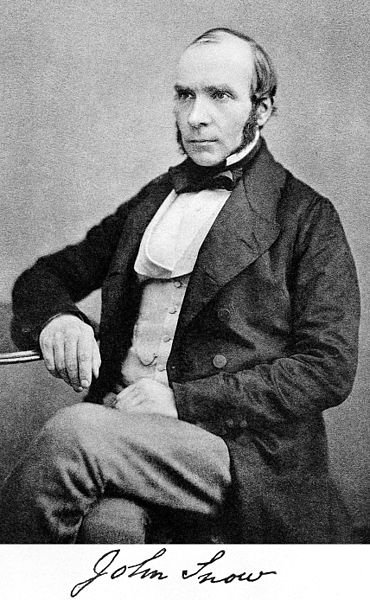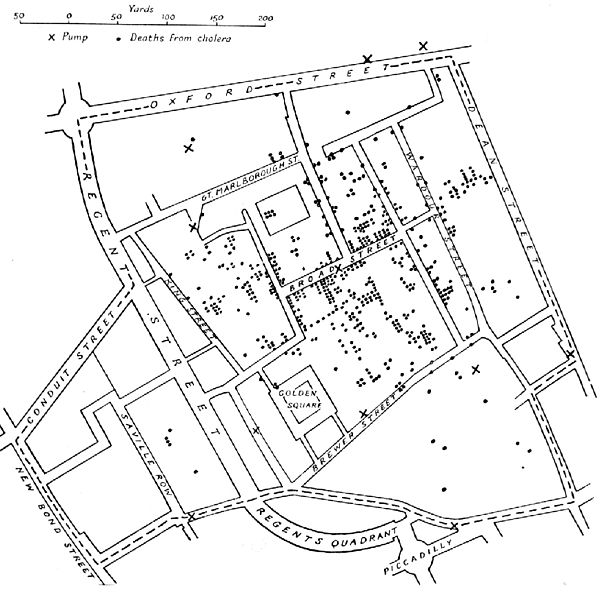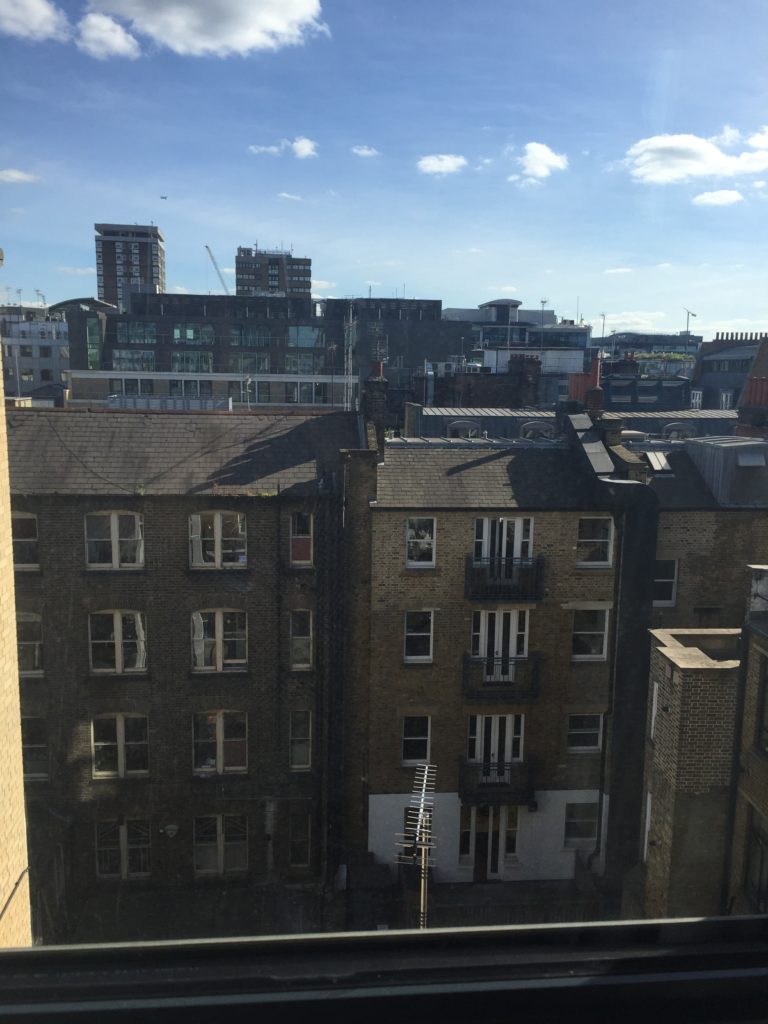I originally wrote this post in 2016, but this is a good to time to put it out there again. I’ve made a couple of very minor changes that don’t effect the details of the story.
The stories I share with you on this blog are usually about more than the story, at least for me. I often find alternate ways to look at the story I’m researching, completely different topics suggested by the research I’m doing, and also personal connections to a particular story.
Today I want to share a story that I first heard years ago, but also let you know what it meant to me.
Cholera is a bacterial infection of the small intestine, which can be fatal. In the first half of the 19th century, tens of thousands of people in Great Britain died during cholera outbreaks. Unfortunately, most people believed that the cause of cholera was airborne.
Consider for a moment how any 19th century city would have smelled. There were humans and animals living crowded together, and with no sewer system, human and animal waste ended up in the streets and in the waterways. That waste was dumped into the River Thames, making it both their toilet and their source of drinking water. It’s hardly surprising that in the years before germ theory was discovered people believed the horrible stench could cause illness and death.
In 1854, there was a new cholera outbreak in Soho in London. Dr. John Snow, a physician of some renown, had suggested five years earlier that cholera could be transmitted by water rather than air. He now had the opportunity to test his hypothesis.

Armed with a detailed map of Soho, he marked all the deaths, as well as all the public water pumps, on the map. It didn’t take long to notice that most of the fatalities were clustered around one particular water pump, on Broad Street (now called Broadwick Street). His data included some outliers, but through personal interviews (contact tracing) he was able to tie those cases to that same pump.
This was proof enough for Dr. Snow, and he was able to get the handle removed from the pump so it could not be used. That doesn’t mean that suddenly this particular public health issue was solved and cholera was eradicated. However, between the pump being shut down and the fact that the majority of residents had already fled the area, this particular outbreak was stopped. Unfortunately it was not stopped before more than 600 people had died.

This is a simple story, but there was a lot more than that going on in my research and in my head.
- I found a recommended book I really want to read that expands this story to include more than the very basic facts that are available all over the web. This is a story that lends itself to short-form storytelling, but there is also much more depth available if you’re interested. Check out The Ghost Map: The Story of London’s Most Terrifying Epidemic…and How It Changed Science, Cities, and the Modern World by Steven Johnson.
- I’m a visual person, so I love it when maps are used to see patterns. While researching this story I’ve seen blog posts that focus on the map aspect of this story and about how Snow was a pioneer in plotting data points to solve a scientific problem. Apparently mathematicians and statisticians love his groundbreaking study.
- This story happened 162 years ago, but the differences in living conditions between then and now are obvious. No flush toilets. No convenient water faucets in your home. No concept of germs or how to avoid or get rid of them in order to keep yourself safe and healthy.
- This case is considered the foundation of epidemiology. Science has advanced so incredibly since that time. I hope that 162 years from now people will look back at our stories with the same sense of pride in how much they’ve learned. And possibly amazement at our disgusting standards of living.
- “Gross” history is the best way to start teaching kids to like history.
- There’s a personal aspect here, which always makes it easier for me to remember history stories. When my daughter and I were in London earlier this year, we stayed four nights about three blocks from the site of the Broad Street pump, which is near Carnaby Street. Even though I knew the story, I had no idea I was in the neighborhood where it happened, even though we wandered around for days. There used to be a replica pump in place for those of us interested in history, but it was removed recently to make way for new construction.

- Even though we know the cause of something (like cholera) and even how to fix it (like cholera), that doesn’t necessarily mean that it gets fixed. People still die today from cholera. We’re not as advanced as we’d like to think.
- And lastly, something that you’d think would be a no-brainer. DON’T FOUL YOUR WATER SUPPLY!
Also, WASH YOUR HANDS!
